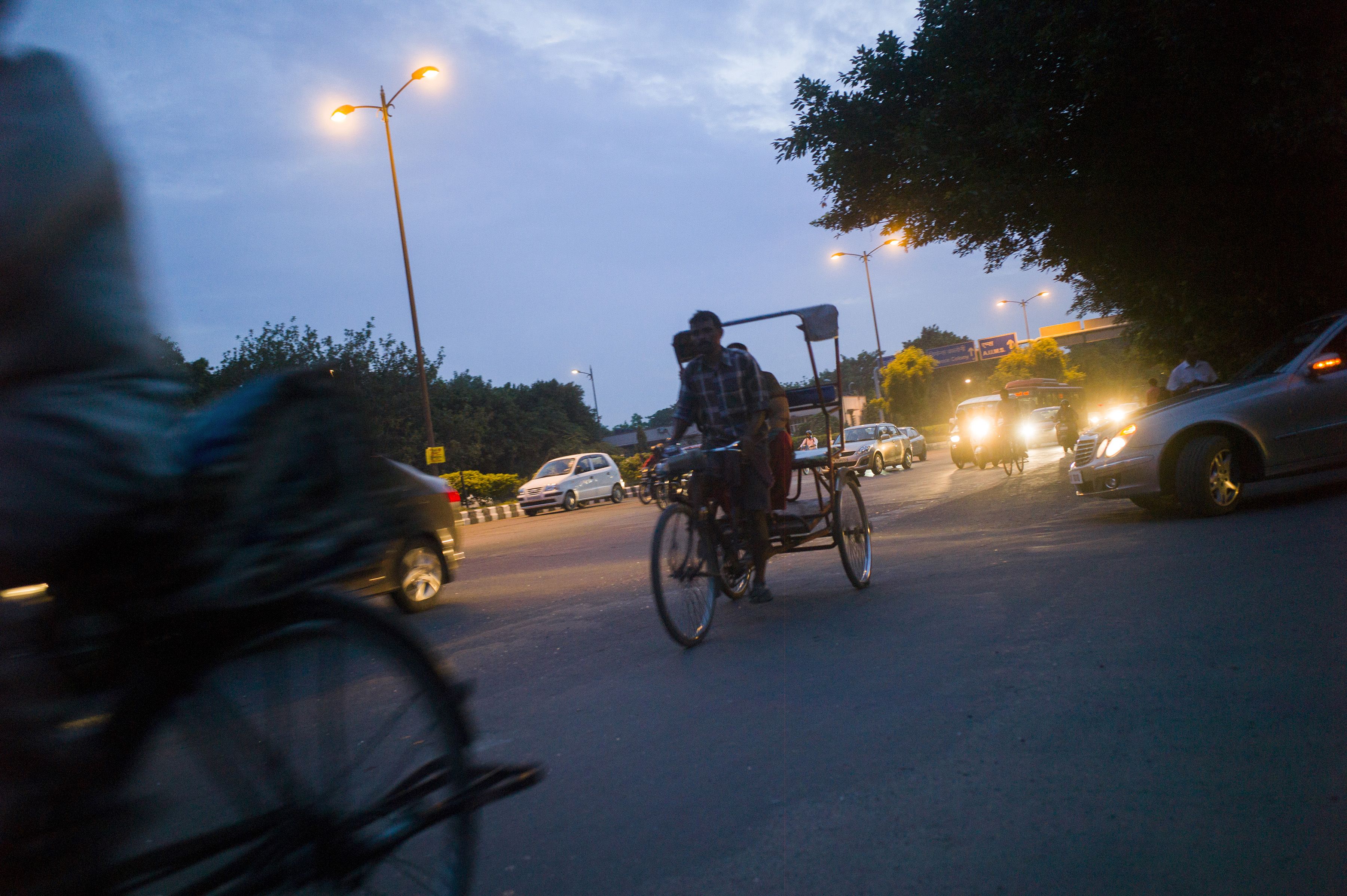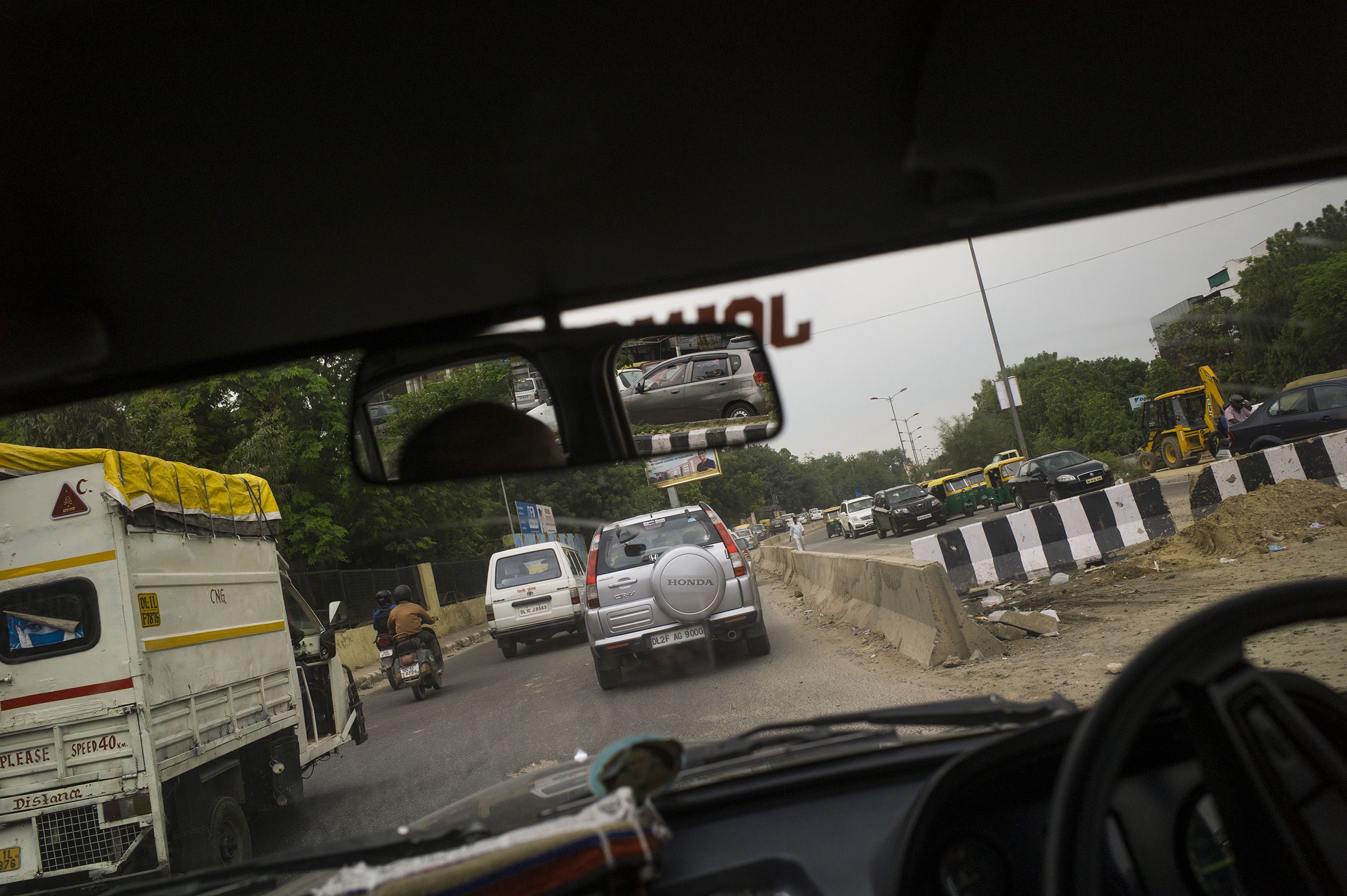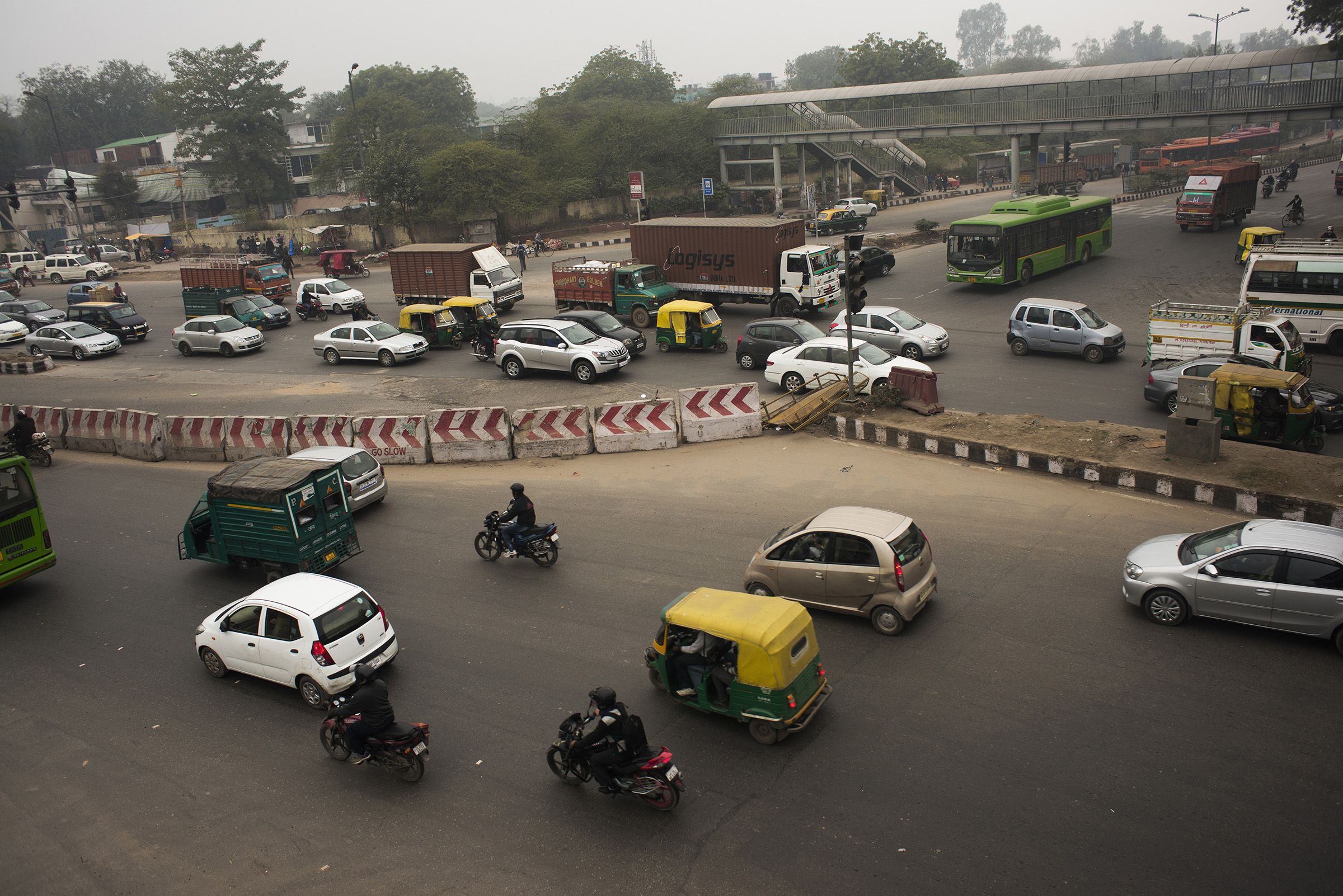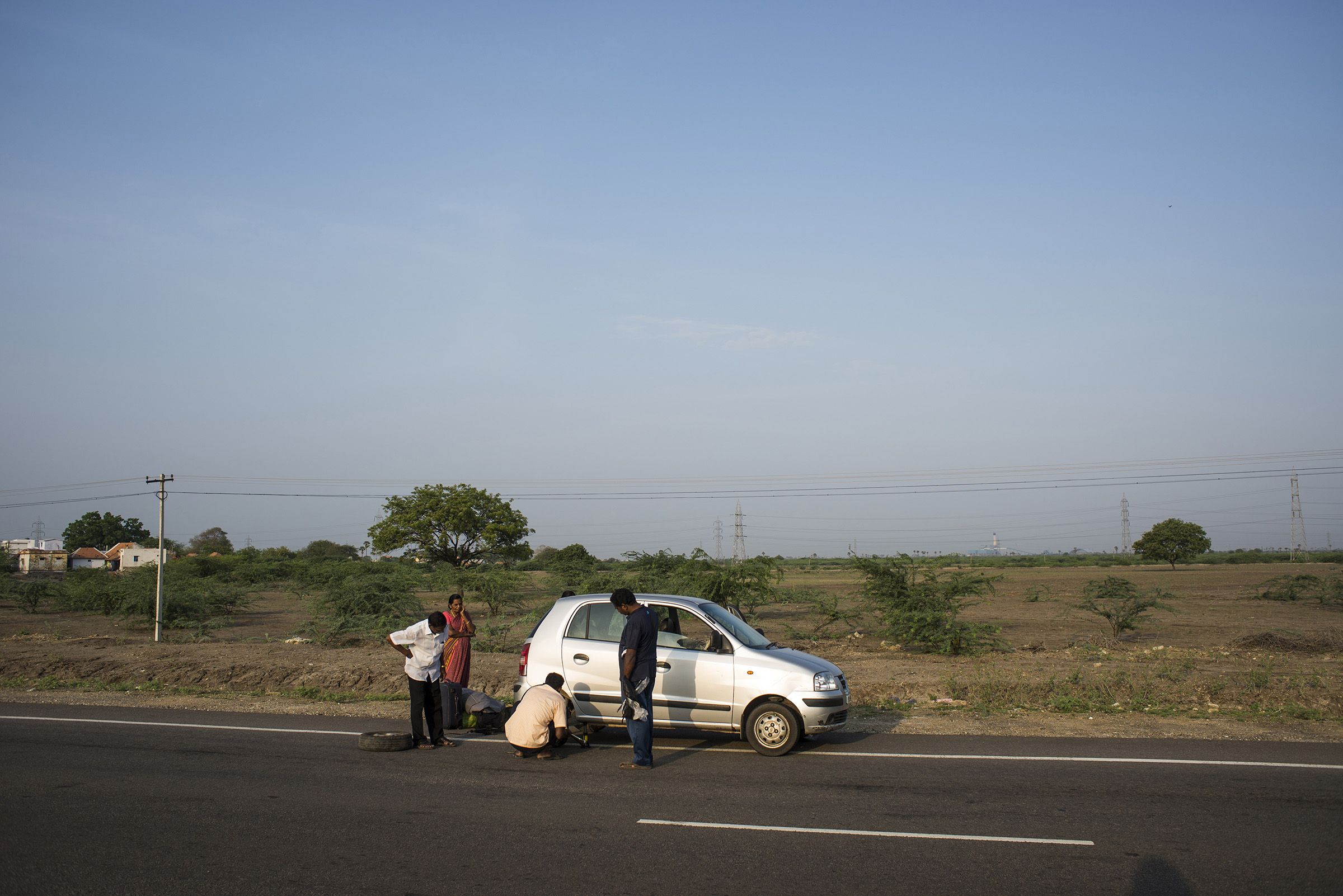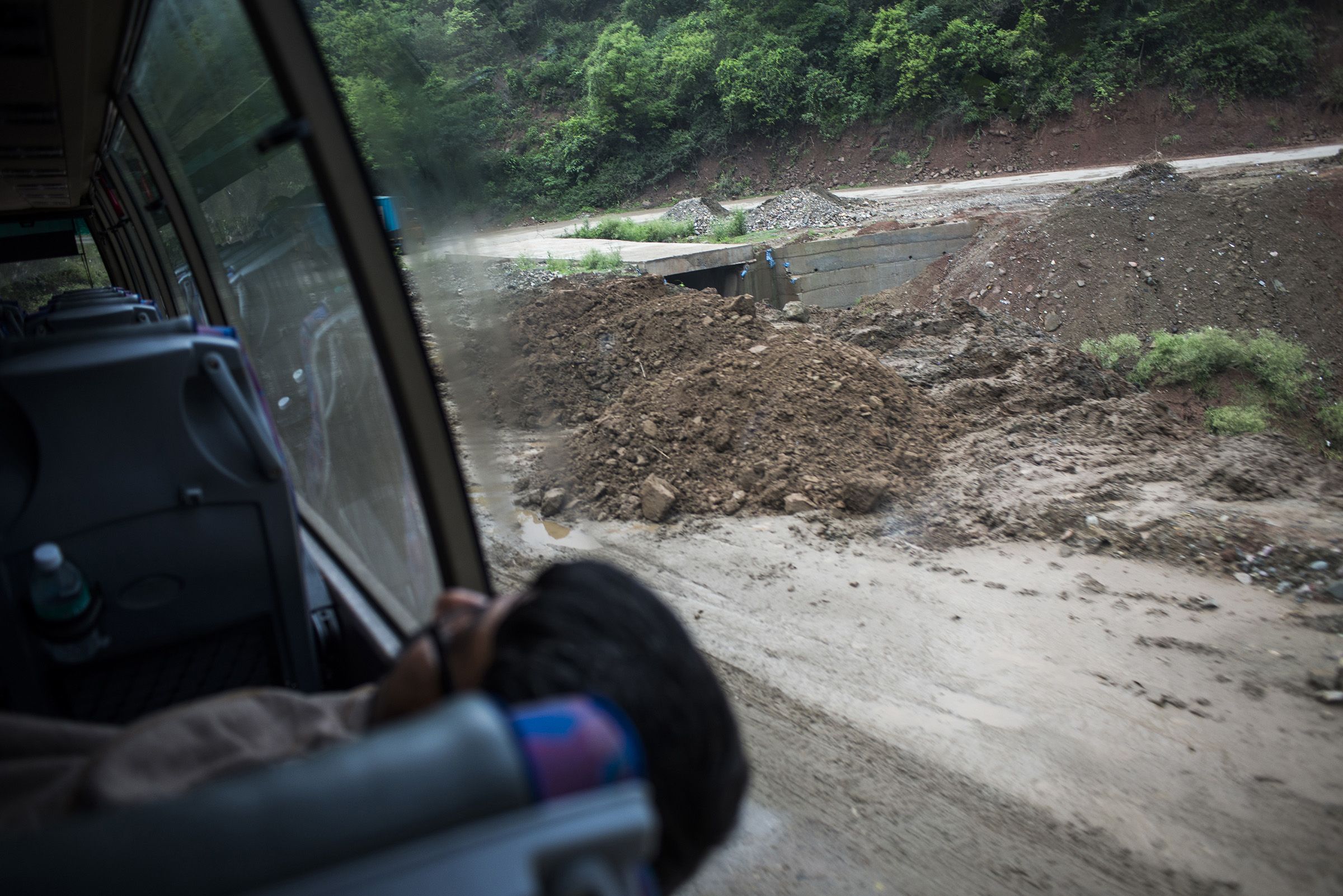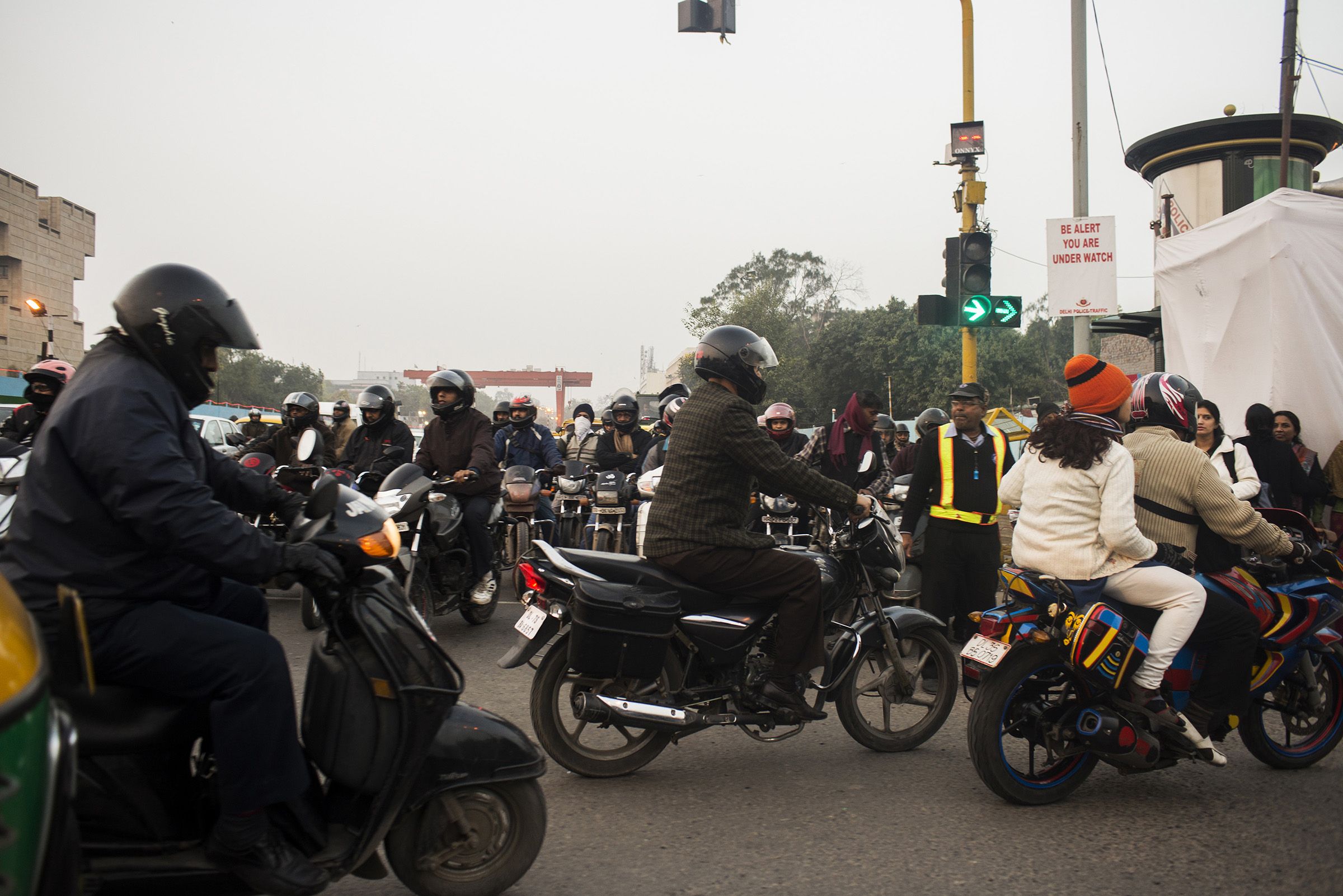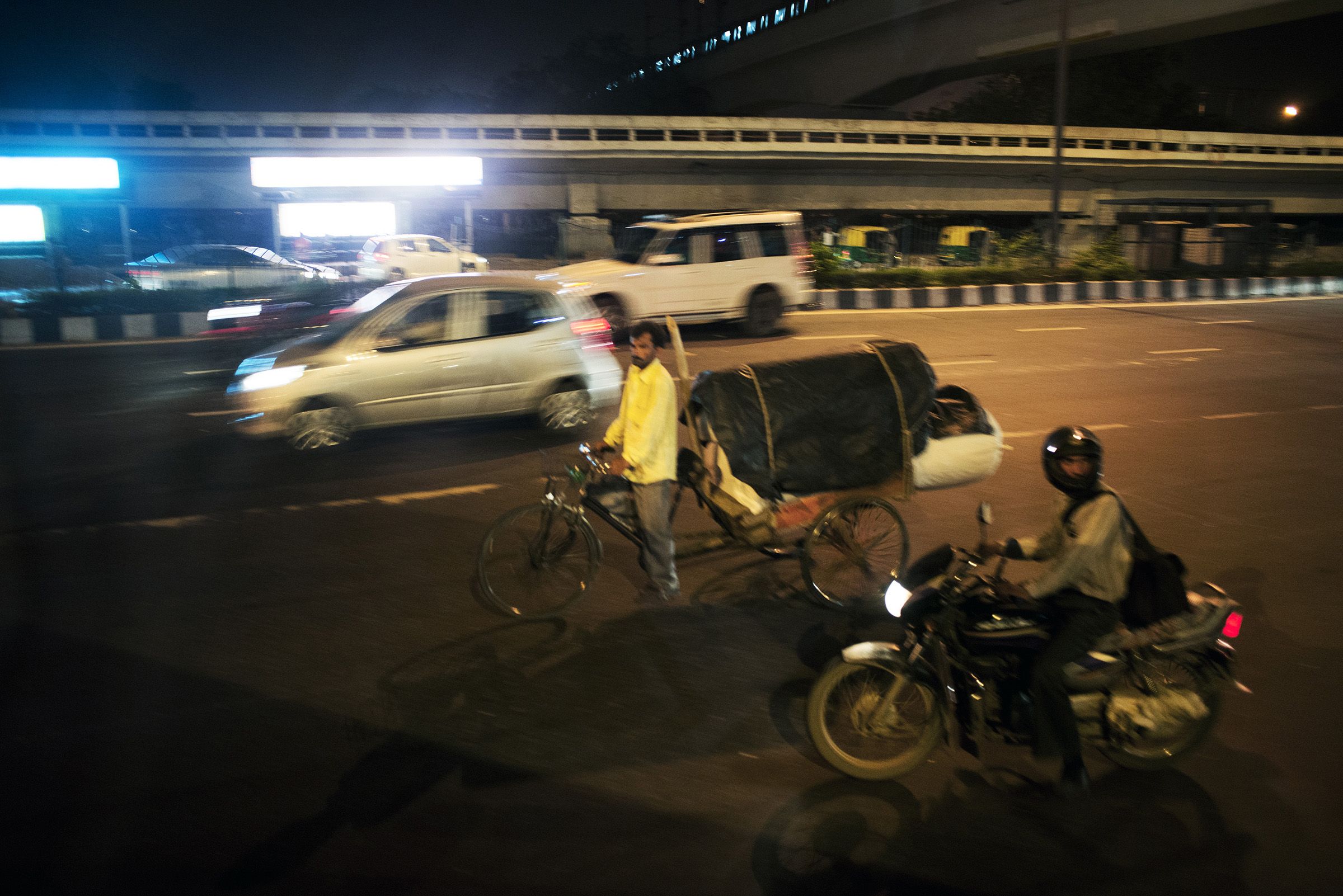In June of 2014, Gopinath Munde, 64, the country’s Rural Development Minister, sat in the back seat of his Maruti SX4, en route to the airport. He was being taken by his driver, as is customary for India’s elites. The purpose of the trip was to attend a victory for his Bharatiya Janata party at a rally in his home state of Maharashtra, but a collision with a Tata Indica automobile, a similarly sized compact car to Munde’s own, made sure that he wouldn’t make his flight.
Munde’s car was traveling on a straight line along a highway, when the Tata slammed him from a side road, bashing his vehicle at a perpendicular angle, and sending the politician crawling out onto the street, injured and bleeding.
After being rushed to the emergency ward at Delhi’s All-India Institute of Medical Sciences, doctors spent 50 minutes trying to revive Munde. Some observers suggested that if Munde had only stayed in position after the crash without trying to stand, he might have lived. It was the attempt to stand from a wounded position that ultimately snapped the connective tissue that might have saved his life. Again, might have. But little of that matters now, as he was pronounced dead.
"There was no spontaneous breathing, no pulse, no cardiac activity," said a hospital spokesperson, speaking with reporters.
Munde becomes the third senior Indian politician to die in a car crash since 2000. The Congress party's Rajesh Pilot, a former transport minister, was killed in 2000, and Sahib Singh Verma, a former labor minister belonging to Narendra Modi's Bharatiya Janata party, died in 2007.
Munde, another ally of current Indian Prime Minister Narendra Modi, was tapped to spearhead a government lead battle against poverty in country’s vast rural countryside. Many saw him as an inevitable frontrunner to become Maharashtra’s next Chief Minister. All of that disappeared on the road the airport that day.
One might expect that with so many high profile deaths, calls for action in a country with a track record for having some of the most dangerous roads in the world would be ubiquitous, but nothing notable or new has been promised since Munde’s death, much less accomplished.
The World Health Organization (WHO) has noted that the traffic death toll in India is the highest in the world. Given the density of the population, coupled with anarchic roads where traffic laws are seldom abided or enforced, this news will come as little surprise to anyone who lives here, walks, or drives on these streets.
According to the most recent WHO study, accidents involving four wheeled vehicles, like that of Munde’s, account for 15 percent of traffic deaths in India with the largest share going to the country’s ubiquitous legion of motorbike riders, a figure closer to one-third.
A chart embedded in the WHO study shows an eerie red line creeping upwards, one that indicates the total traffic deaths per 100,00 people in India has risen steadily from eight, at the start of the last decade, to twelve, by the end of it, as the access to vehicles among the country’s lower and middle classes has swelled.
But with high profile deaths like Munde’s stirring little in the way of action, it’s becoming increasingly hard to imagine how the many faceless victims that populate these charts will force India’s government to make the changes required to ensure that others do not suffer the same fate.
